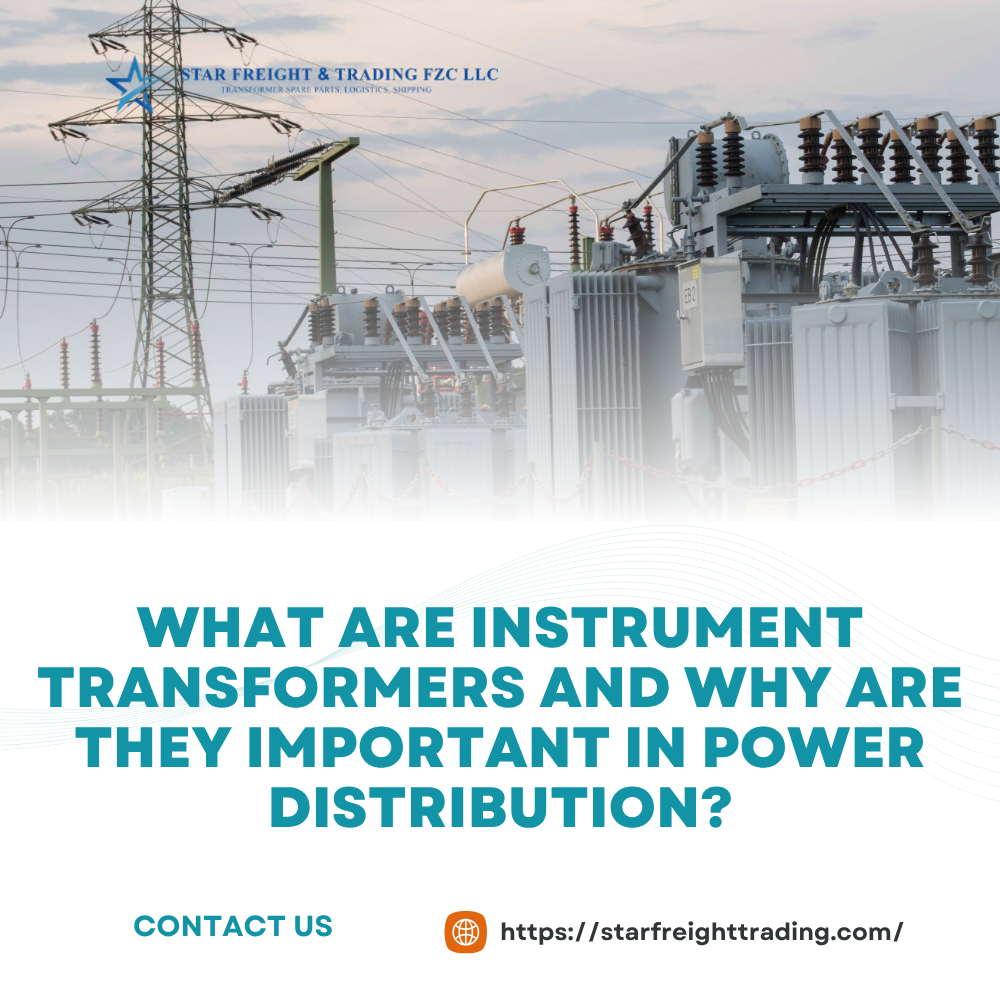When we talk about electricity, we often imagine lights, fans, or machines running smoothly. But behind the scenes, in power distribution systems, there are many devices that make sure electricity is measured and controlled safely. One of these important devices is the instrument transformer.
What Are Instrument Transformers?
Instrument transformers are special types of transformers used in power systems. Unlike the big transformers that step up or step down voltage for transmission, instrument transformers are used mainly for measurement and protection. They reduce high voltage or current to smaller, safer values so that measuring instruments, meters, and protective relays can work without damage or risk. Our Services
There are two main types:
- Current Transformers (CTs): These lower high current to a small, proportional current.
- Potential or Voltage Transformers (PTs/VTs): These lower high voltage to a safe, measurable level.
Why Are They Important?
- Safety: Handling thousands of volts or high current directly is dangerous. Instrument transformers bring the values down to safe levels.
- Accurate Measurement: Power companies need to measure how much electricity is used. Instrument transformers make it possible to measure voltage and current correctly.
- Protection of Equipment: Protective devices (like relays) use these safe values to detect faults in the system and disconnect the faulty part, preventing damage.
- Cost-Effective: Instead of making expensive measuring instruments that can handle huge voltages or currents, we just use normal meters connected to instrument transformers.
The Role of Instrument Transformers in Power Distribution Systems
Instrument transformers play a very important role in power distribution systems because they make it safer and easier to measure high voltage and current levels. In simple words, they act like a bridge between the dangerous high-power lines and the measuring instruments or protective devices. Without them, it would be risky and almost impossible to connect normal meters and relays directly to such high voltages. They step down the values of current or voltage to smaller, manageable levels so that engineers can measure, monitor, and control the power system safely. Our Products
Here are some key roles of instrument transformers in power distribution systems:
- Safety: They protect measuring devices and people from high voltages by reducing them to safer levels.
- Accurate Measurement: They give precise values of current and voltage, which helps in monitoring electricity use and performance.
- Protection: They work with relays to detect faults (like short circuits) and help disconnect faulty parts of the system quickly.
- Cost Efficiency: Instead of building expensive meters that can handle very high voltage, normal low-range meters can be used with these transformers.
- System Control: They provide important data that helps engineers control and balance the power distribution system.
Challenges in Instrument Transformer Deployment and Solutions
Here are some common challenges and solutions in simple words:
- Accuracy problems: Sometimes instrument transformers do not give correct readings.
Solution: Use high-quality transformers and test them regularly. - Installation issues: Wrong installation can lead to poor performance or safety risks.
Solution: Ensure skilled technicians install and check the devices. - Overloading: If too much current or voltage passes through, it can damage the transformer.
Solution: Always match the transformer rating with the system requirements. - Environmental effects: Dust, humidity, and extreme weather can reduce lifespan.
Solution: Use protective enclosures and perform regular maintenance. - Aging and wear: Over time, insulation and parts wear out.
Solution: Schedule periodic inspections and replace old transformers.
How Instrument Transformers Support Reliable Energy Billing and Monitoring
Instrument transformers play a very important role in making sure electricity billing and monitoring are accurate and safe. Since the power flowing in high-voltage lines is too strong to measure directly, instrument transformers reduce the current or voltage to a smaller, safer level that meters and protection devices can handle. This way, energy companies can correctly measure how much electricity is being used, which ensures fair billing for customers. They also help in monitoring the power system by providing accurate data that engineers use to keep everything running smoothly and to detect problems early. In short, instrument transformers act like helpers that make power measurement safe, reliable, and trustworthy for both energy providers and consumers. Visit Website
Conclusion
Instrument transformers may not look as big or powerful as the giant transformers you see near power stations, but they play a key role in power distribution. Without them, safe measurement and protection would be almost impossible. In simple words, they act like “messengers” that bring down big scary numbers into smaller, safer ones so that we can keep our power systems reliable and secure. Contact Us
Frequently Ask Questions
-
What are instrument transformers?
They are devices that reduce high voltage or current to safe levels for measurement and protection. -
Why are they used?
To allow accurate measurement and safe operation of meters and protective relays in high-voltage systems. -
What types of instrument transformers exist?
The main types are current transformers (CTs) and voltage or potential transformers (PTs). -
How do current transformers work?
CTs produce a reduced current proportional to the high current flowing in the main circuit. -
How do voltage transformers work?
PTs step down high voltage to a lower, measurable level while maintaining accuracy. -
Are instrument transformers safe?
Yes, they isolate meters and protection devices from dangerous high voltages and currents.





No comment